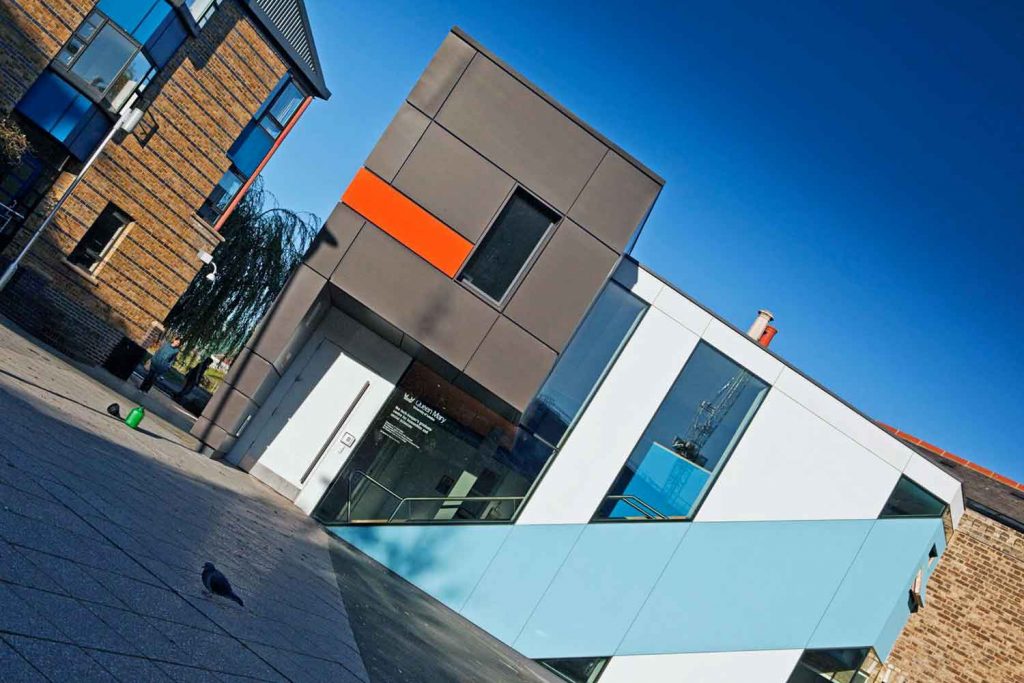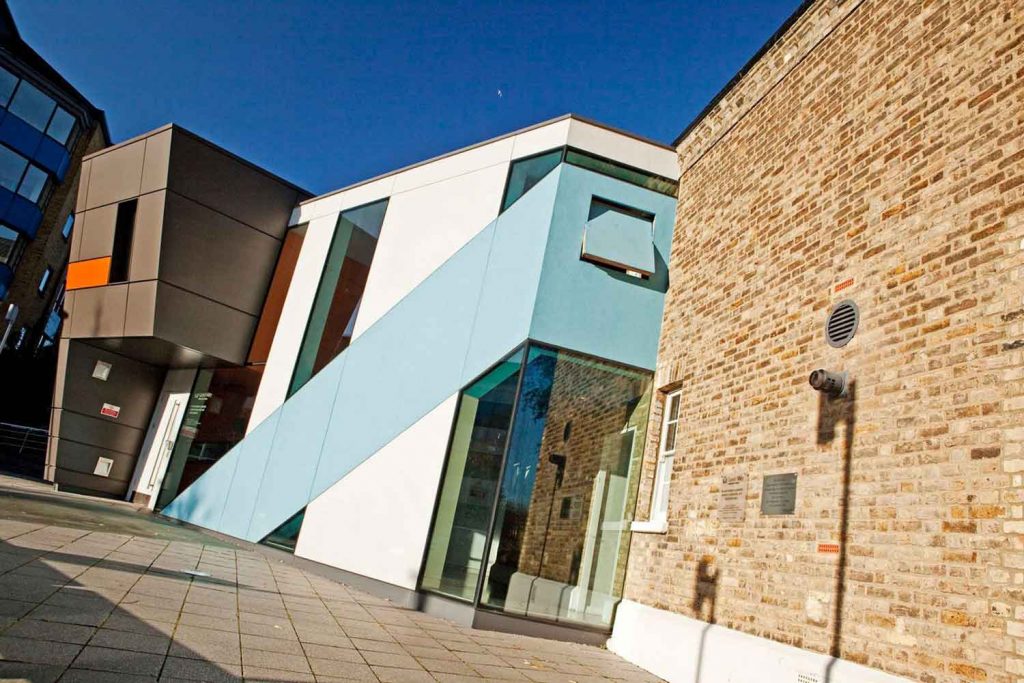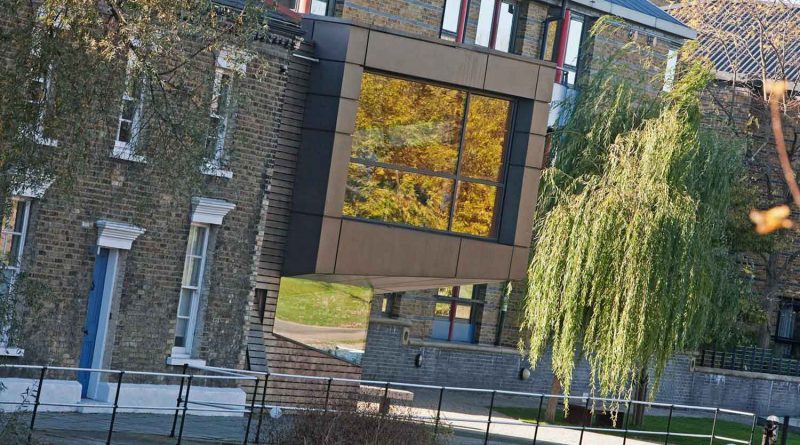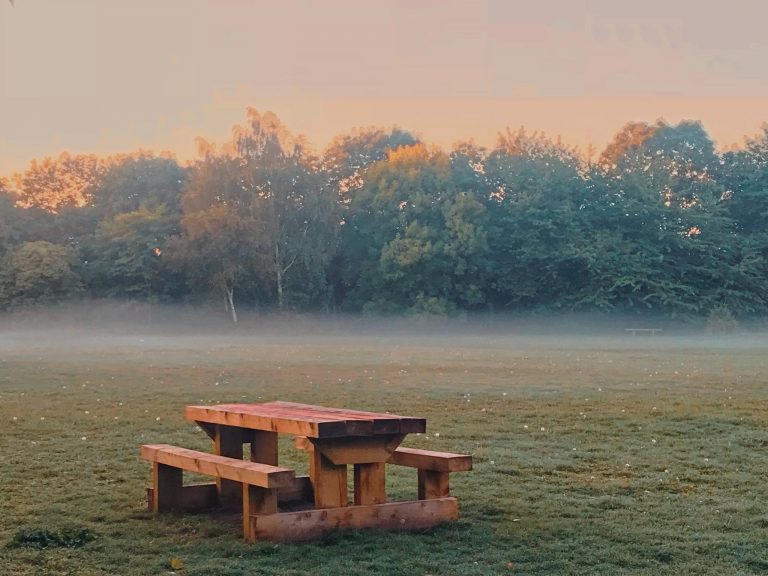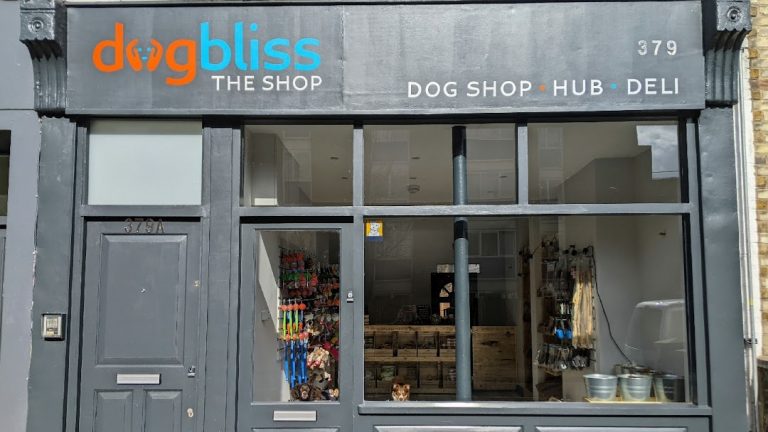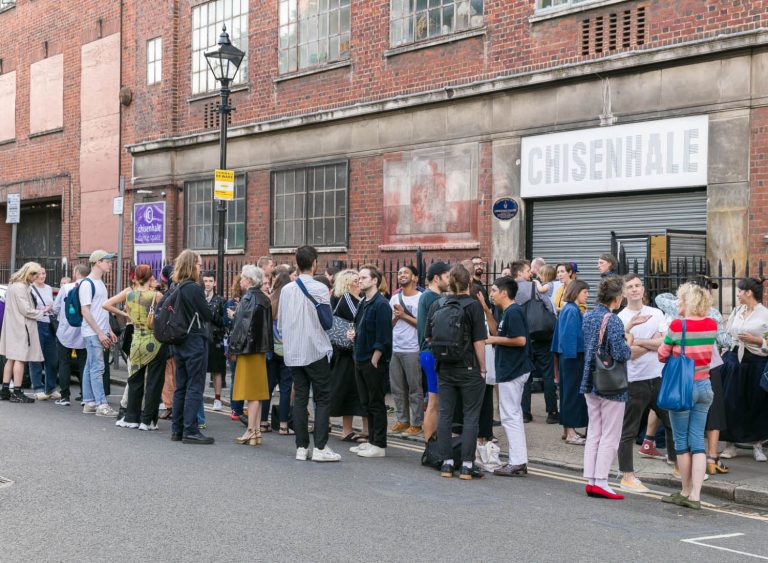The lock-keeper’s cottage in Mile End preserves the canal’s history
The historic lock-keeper’s cottage at Mile End Lock has survived the test of time, reminding us of the lost industrial past of Regent’s Canal.
If you’ve ever wandered down the Regents Canal, you may have spotted a single early Victorian cottage standing in splendid isolation at Mile End Lock. What may have caught your attention is the ultra-modern side extension clamped onto the side of the otherwise modest cottage, in a daring mix of new and old.
This early Victorian house was once a lock-keeper’s cottage and is one of only two original surviving cottages along the historic Regent’s Canal, according to Nicholas Hare Architects.
Nowadays, Regent’s Canal is a place of leisure, lined with pretty barges and frequented by dog walkers, a far cry from its industrial origins. Back in the 1800s, when London’s waterways were busy with the transportation of timber and coal, a lock-keeper’s cottage would have been commonplace at every lock. These small, purpose-built homes allowed the lock-keeper to dedicate full-time service to the canal.
The cottage, which was built in 1864, is a relic of a bygone era. It housed a specialised labourer who delivered round-the-clock maintenance to the canal, a major trade route during the industrial era when the East End was the manufacturing hub of the country.
The cottage has now been subsumed into the Mile End Campus of Queen Mary University, putting the Victorian dwelling at the centre of a vibrant student community in East London. It houses the Graduate School and Research Facility.
While students of Queen Mary’s enjoy it as part of their campus, the rest of us can see it across the water via the landscaped gardens of the Art Pavilion off Grove Road, or by the brick steps of Mile Bridge from Mile End Road.
Until his retirement in 1992, lock-keeper Larry White worked the six locks between Acton’s Lock near Broadway Market to Commercial Road Lock. Born in 1928, Larry joined British Waterways in the 1950s, first as a tractor driver, and then as a lock-keeper.
Larry and his wife Hazel White remember the traditional process of ‘ashing up the gates’, an old-school lock-keeper’s technique which has fallen out of fashion. Every night, it was the job of the lock-keepers to burn a fire at each lock and pour the ash into the canal. Water flow would suck the ash into the gaps of the gates, forming a robust, watertight seal.
‘Ashing up the gates’ was a reliable technique, ensuring the lock-keepers always maintained exact water levels on the canal. In an interview with the London Canal Museum in 1999, Hazel expressed concern about this historical knowledge being lost.
‘In the past, there were chippies and brickies and all the tradesmen. People had a trade. A lot of them were apprenticed, and they learnt their trade up and coming.
‘Is there anybody left that knows about these things? They haven’t a clue,’ she said.
After being left in a state of disrepair for several years, Queen Mary University decided to redevelop the lock-keeper’s cottage at Mile End. The university appointed Surface Architects to renovate the building and design the extension in April 2005. The £660,000 transformation was met with great acclaim. Grand Design’s Kevin McCloud described it as ‘canned energy, fit to burst’.
Tower Hamlets’ surviving cottages in Mile End and Stepney were both originally attached to a single-storey boiler house, as well as a steam pump to maintain the water level of the canal. As part of their ambitious renovation, Surface Architects demolished the disused pump house of the Mile End cottage, replacing it with their modernist extension.
Interlocking structures wrap around the north and west sides of the Georgian cottage on its ground and first-floor levels. As opposed to erasing the house’s historical feel, the architectural additions launch it into the contemporary atmosphere of the university.
Visible from the canalside, a futuristic extension has been added to the north wing of the cottage. The house’s Victorian facade attaches to a towering and asymmetric structure of metallic silver. Built with aluminium ‘rain-screen’ cladding, its innovative architecture provides a bold contrast to the traditional brickwork of the cottage.
On the west side of the cottage, a white and turquoise ‘tendril’, fitted with a staircase and a bridge, connects the metal-clad extension with the 19th-century cottage. The whole structure is covered with strategically placed windows, ensuring impressive views of the picturesque canal for the students inside.
In January 2022, Queen Mary University launched a public consultation on its plans to create a new School of Business and Management building on the Regent’s Canal. The university believes the lock-keeper’s cottage is still being underutilised, and plans to build a public cafe in the historic house to revitalise the space once more.
Since the decline of the commercial role of Regent’s Canal in the 1970s, lock-keeping has also gradually declined as a trade. Luckily, this cottage has a new lease of life allowing it to remind us of its historic roots for many years to come.
